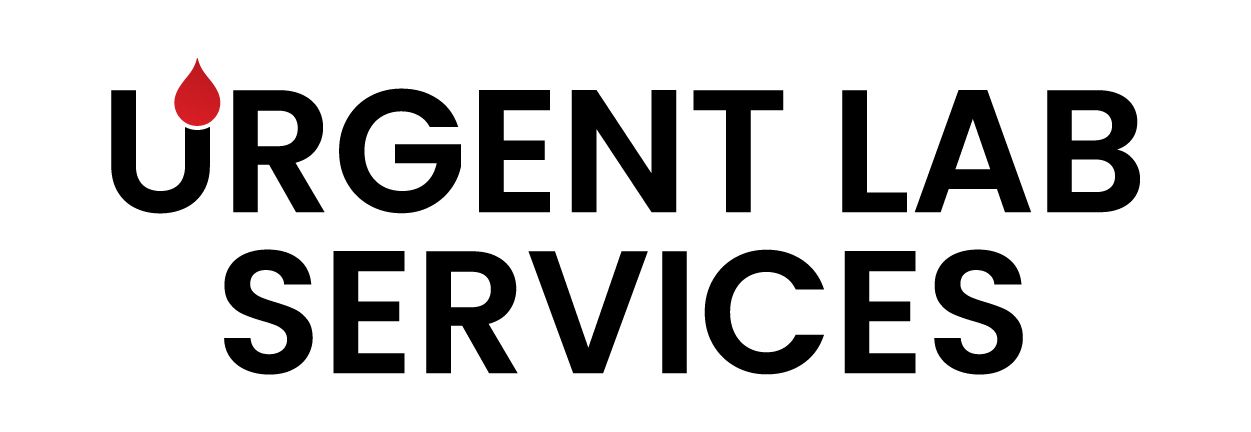DOT vs. Non-DOT Drug & Alcohol Programs: Navigating the Differences
NS
Drug and alcohol testing programs are essential for maintaining workplace safety and compliance. However, it's crucial to understand the distinct differences between Department of Transportation (DOT) and non-DOT programs. While both aim to prevent substance use in the workplace, they operate under different regulations and have varying requirements. Let's break down the key distinctions.
Federal vs. State & Local Regulations:
DOT Programs: These programs are strictly governed by federal regulations, specifically 49 CFR Part 40. This ensures uniformity across all DOT-regulated industries nationwide.
These regulations are very detailed and leave little to no room for interpretation.
Non-DOT Programs: These programs fall under the jurisdiction of state and local ordinances. This means that requirements can vary significantly depending on your location.
It is the employer’s responsibility to know all applicable state and local laws.
This variability necessitates a thorough understanding of your specific region's regulations.
Testing Panels:
DOT Testing: DOT mandates a standardized 5-panel urine drug test, which screens for:
- Marijuana (THC)
- Cocaine
- Amphetamines
- Opioids
- Phencyclidine (PCP)
Non-DOT Testing: Non-DOT programs offer greater flexibility in testing panels. Common options include 5-panel, 10-panel, expanded opiate panels, and custom panels tailored to specific workplace concerns.
This allows for the testing of a wider range of substances, including prescription drugs and synthetic opioids like fentanyl.
Testing Methods:
DOT Testing: Traditionally, DOT testing has primarily relied on urine drug testing and breath alcohol testing.
It is anticipated that DOT will incorporate oral fluid testing once two SAMHSA-certified labs are certified to conduct split sample testing on the oral fluid sample.
Non-DOT Testing: Non-DOT programs offer a broader range of testing methods, including:
- Urine
- Oral fluid
- Breath alcohol
- Blood
- Hair follicle
This flexibility allows employers to choose the most suitable method for their specific needs.
Testing Reasons:
DOT Testing: DOT testing is conducted for specific reasons, including:
- Pre-employment
- Random
- Reasonable suspicion/cause
- Post-accident
- Return-to-duty
- Follow-up testing
Non-DOT Testing: Non-DOT programs can have similar testing reasons, but are not requried to include all the testing reasons above like DOT testing. Non-DOT testing can be used for a wider variety of reasons, depending on the company policy and state and local regulations.
Key Differences Summarized:
- Regulations: Federal (DOT) vs. State/Local (Non-DOT)
- Testing Panels: Standardized 5-panel (DOT) vs. Flexible/Customizable (Non-DOT)
- Testing Methods: Primarily urine drug testing and breath alcohol testing (DOT) vs. Variety of options (Non-DOT)
- Testing Reasons: Specific DOT reasons vs. Broader range of company-specific reasons.
Conclusion:
Understanding the differences between DOT and non-DOT drug and alcohol programs is essential for ensuring compliance and maintaining a safe workplace. While DOT programs adhere to strict federal regulations, non-DOT programs offer greater flexibility but require careful attention to state and local ordinances. At Urgent Lab Services, we are here to guide you through this complex landscape. We specialize in helping you implement a drug and alcohol testing program that aligns seamlessly with the applicable regulations and your company's unique needs. Whether you're navigating DOT requirements or developing a customized non-DOT program, we provide the expertise and support you need to create a healthier and more productive work environment. Let us help you build a program that prioritizes safety, compliance, and the well-being of your workforce.
